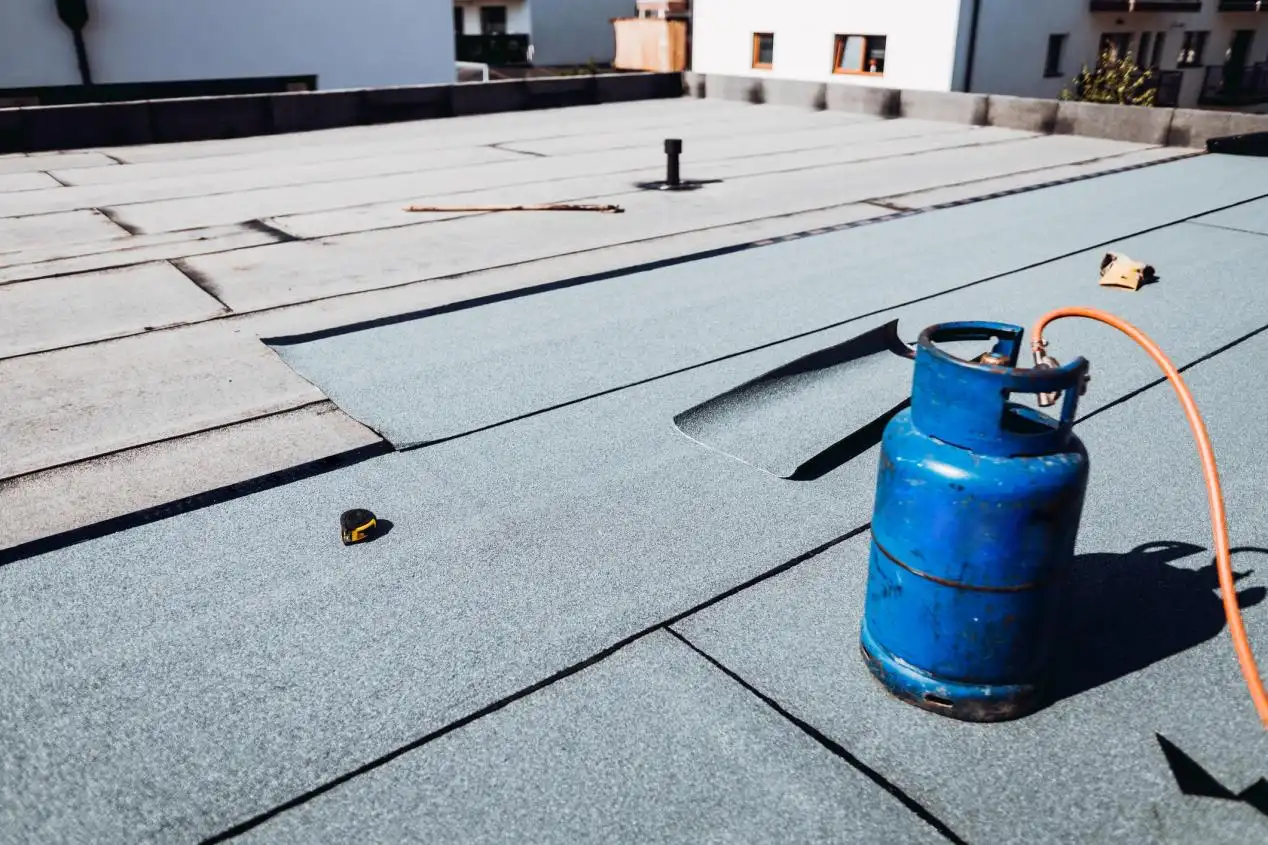HDPE Pond Liner
HDPE Pond Liner is a type of geomembrane used to line ponds and other water features.
It is made from a high-density polyethylene material, which is durable, puncture-resistant, and offers superior protection from the elements.
Area of Application:
It is commonly used in:
- Water containment
- Landfill liners
- Pond liners
- Canal liners
Contact Our Representatives
Weidun is committed to transparency and sustainability. Please fill out the form below, and our experts will get in touch with you.
Product Details
HDPE Pond Liner is a waterproofing membrane used for a wide range of applications. It is a type of synthetic membrane liner or barrier used to control fluid or gas migration in a variety of applications. It is made from a variety of materials, including high-density polyethylene (HDPE), low-density polyethylene (LDPE), and other polymers. Geomembranes are used in a variety of applications such as water containment, landfill liners, pond liners, canal liners, and many more.
HDPE pond liner is a flexible, waterproof membrane used in the construction of ponds and other water features. It is a durable and long-lasting material that is resistant to chemicals, ultraviolet light, and other environmental factors. HDPE pond liners are strong and lightweight, making them easy to install. They are also resistant to punctures, tears, and other damage, making them a cost-effective and durable solution. Some of the features of HDPE pond liners include resistance to UV light, chemical & biological resistance, high strength & flexibility, low thermal conductivity, and resistance to punctures & tears.
Uses
Widely used in water containment, landfill liners, pond liners, canal liners, etc.
How To Use
Cutting
To apply a pond liner, start by measuring the area where the pond will be installed and cut the liner to fit.
Substrate Treatment
Place the liner in the area and press it into the ground, making sure that it is even and smooth, and clear of tree stamps, plants, and sharp stones.
Installation
Then, attach the liner to the pond’s sides using adhesive or plastic anchors, and spread it out evenly.
Welding
Welding liners into one piece by using a hot air gun.
Inspection
Check for any possible leakages.
Pond Filling
Fill the pond with water until it reaches the desired level.
Important Notes:
Make sure that measure the area of the pond and purchase a pond liner that is slightly larger than the area.
Secure the edges of the pond liner with rocks or soil.
Let's build together a better business

Got a custom query? We got you.
Let's get in touch!
Contact Our Representatives
Weidun is committed to transparency and sustainability. Please fill out the form below, and our experts will get in touch with you.



